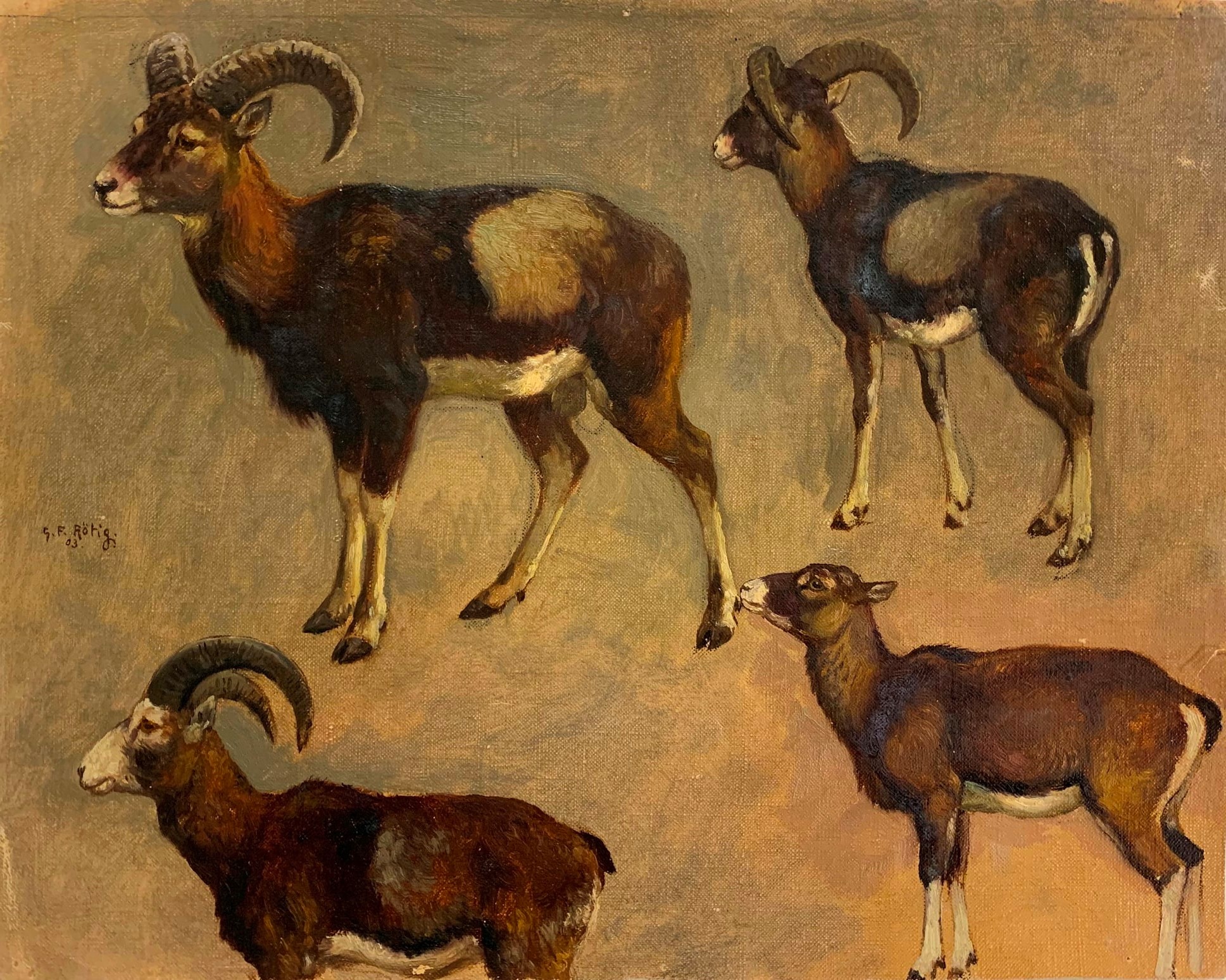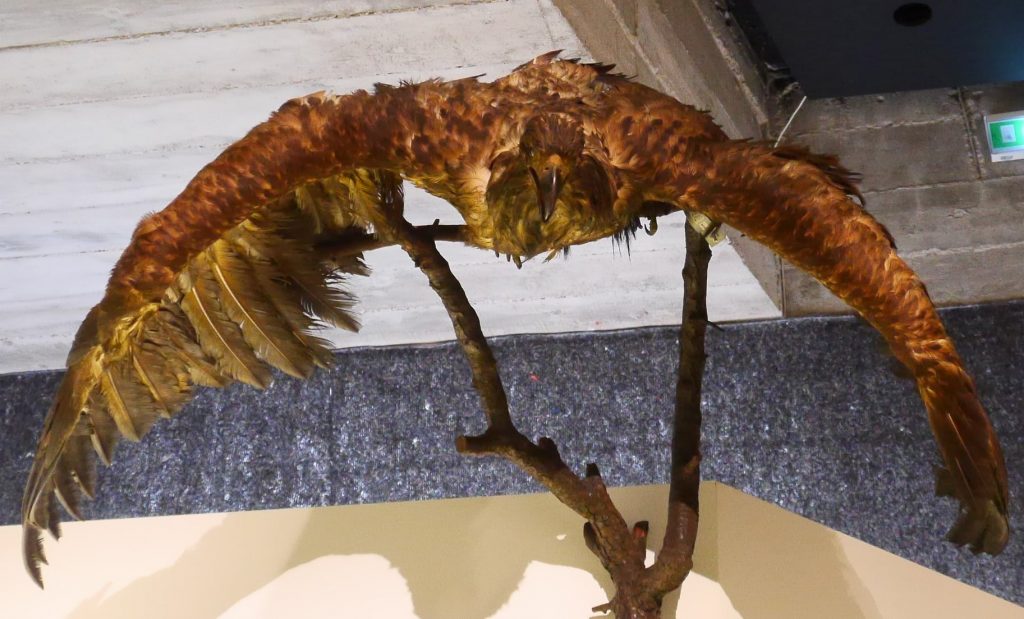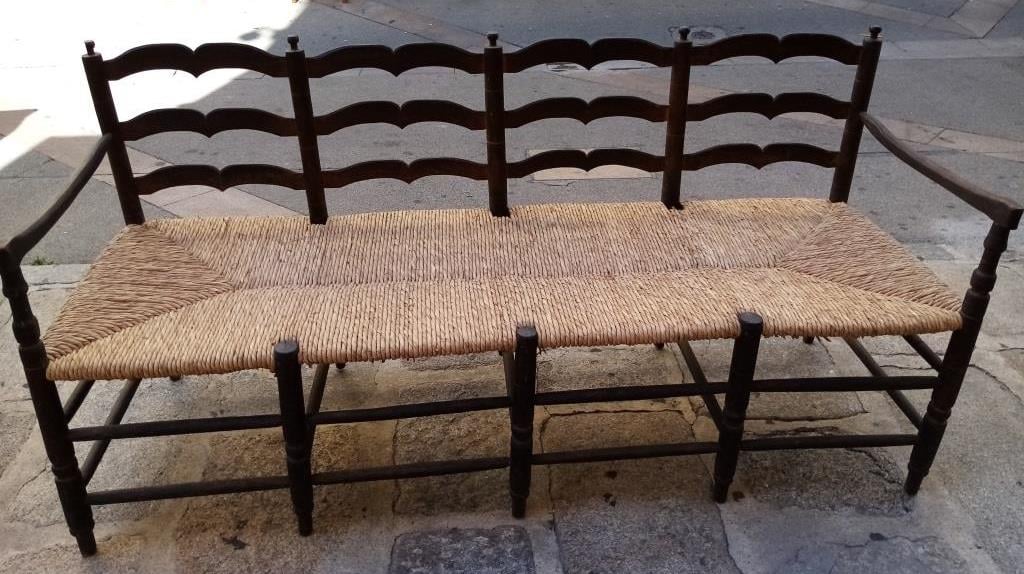The Corsican mouflon initially named “Ovis ammon musimon” is since 1991 called “Ovis gmelini musimon”. It is considered today that there are 3 varieties: the Corsican mouflon, the Sardinian mouflon and the Cyprus mouflon.
The Corsican mouflon would be a descendant of mouflons of Asia Minor domesticated and imported on the islands of the Mediterranean in the VIth or VIIth millennium BC. In Corsica, there are two different populations: the Cintu population in the north and the Bavella population in the south. The concern for protection is the consequence of the intensive hunting (in the XIXth until the beginning of the XXth century) in the mountains of Monte d’Oru, Rinosu and Rutondu which had led to the near disappearance of the species. Hunting is prohibited since 1953.
The Corsican mouflon has been integrated into the list of protected mammals of metropolitan France by ministerial decree taken on 1 March 2019. The survival of the species is now assured since 15 mouflons born and raised in Corsica have just been released in the Cagna massif.
This “Study of mouflons” was painted by Georges Frédéric Rotig (1873-1961), a student of Benjamin Constant and Jean-Pierre Laurens. This animal painter won medals at the Salon des artistes français in 1902 and 1904 and was awarded the Rosa Bonheur prize in 1913. He was particularly interested in hunting and represented game from all parts of the world.






